- 2023年-12月-31日:汉鲁相韩敕造孔庙礼器碑(51P)
- 2023年-12月-31日:横文字運筆自在.吉田庸徳著(17P)
- 2023年-12月-31日:柳公权楷书玄秘塔碑(50P)
- 2023年-12月-31日:赵孟頫心经墨迹.赵孟頫书(4P)
- 2023年-10月-29日:颜真卿书法全集·中国十大书法家墨宝全集(135P)
- 2023年-10月-29日:赵孟頫书法全集·中国十大书法家墨宝全集(143P)
- 2023年-10月-29日:欧阳询书法全集·中国十大书法家墨宝全集(137P)
- 2023年-10月-29日:苏轼书法全集·中国十大书法家墨宝全集(153P)
- 2023年-10月-29日:米芾书法全集·中国十大书法家墨宝全集(152P)
- 2023年-10月-29日:柳公权书法全集·中国十大书法家墨宝全集(144P)
- 2023年-10月-29日:黄庭坚书法全集·中国十大书法家墨宝全集(146P)
- 2023年-10月-29日:怀素书法全集·中国十大书法家墨宝全集(111P)
- 2023年-10月-29日:董其昌书法全集·中国十大书法家墨宝全集(144P)
- 2023年-09月-09日:魏齐周隋唐造像铭等拓本集.方伯裕题签(71P)
- 2023年-09月-09日:拟山园帖.10卷.王铎书.王无咎集.吕昌摹.张翱镌.清顺治16年拓本(292P)
- 2023年-08月-26日:中国楷书名贴精华(三)(525P)
- 2023年-08月-26日:中国楷书名贴精华(二)(557P)
- 2023年-08月-26日:中国楷书名贴精华(一)(589P)
- 2023年-08月-26日:中国行书名贴精华(二)(612P)
- 2023年-08月-26日:中国行书名贴精华(一)(620P)
- 2023年-08月-26日:中国魏碑名贴精华(551P)
- 2023年-08月-26日:中国隶书名贴精华(586P)
- 2023年-08月-11日:中国篆书名贴精华(549P)
- 2023年-08月-11日:中国草书名贴精华(三)(584P)
- 2023年-08月-11日:中国草书名贴精华(二)(581P)
- 2023年-08月-11日:中国草书名贴精华(一)(567P)
- 2023年-06月-14日:苏轼一生的书法(41P)
- 2023年-05月-21日:鉴识古印[中国古玩鉴识系列](83P)
- 2023年-03月-25日:淳化閣帖(303P)
- 2023年-03月-24日:王羲之书法全集(501P)
- 2023年-03月-20日:十七帖.王羲之書(27P)
- 2023年-03月-20日:孙过庭草书千字文(28P)
- 2023年-03月-20日:秋兴八首.杜甫诗.怀素书(28P)
- 2023年-03月-20日:杭州福神观记.邓文原撰.赵孟頫书.吴荣光题跋.民国拓本(32P)
- 2023年-03月-15日:赤壁怀古.苏轼词.黄庭坚草书(13P)
- 2023年-03月-09日:小竹斎千字文.乾坤.小竹老人書(70P)
- 2023年-03月-09日:玉照堂遺愛字紙.上下.著作堂主人觧集(36P)
- 2023年-02月-26日:趙子昴真書九十二法(14P)
- 2023年-02月-15日:历代钟鼎彝器款识法帖.20卷.宋薛尚功撰.民国24年.海城于氏景印明崇祯朱氏刻本(260P)
- 2023年-02月-14日:豊道生篆書奇文四字經(17P)
- 2023年-02月-14日:黄忠端小楷孝经(22P)
- 2023年-02月-14日:李陽冰三墳碑(23P)
- 2023年-02月-14日:快雪堂法書(74P)
- 2023年-02月-14日:九成宮醴泉銘.魏徴撰.欧陽詢書(31P)
- 2023年-02月-13日:春夜宴桃李园序.文徴明书(19P)
- 2023年-02月-13日:古今印则.四卷程远摹选.项梦原校.明万历(69P)
- 2023年-02月-09日:真書千字文.巌谷修書(72P)
- 2023年-02月-09日:真草千字文.赵孟頫(26P)
- 2023年-02月-07日:饮中八仙歌.明祝允明書(16P)
- 2023年-02月-06日:孫氏養正楼印存.百福.百禄.百寿印(323P)
- 2023年-02月-04日:日本神字考.上下卷.沈文荧译.园田弘编.1884年(63P)
- 2023年-02月-03日:蜀山图歌.赵孟頫书.清那彦成集(4P)
- 2023年-01月-30日:蜀丞相諸葛武侯祠堂碑.裴度.撰(2P)
- 2023年-01月-28日:前赤壁赋.苏轼撰.民国拓本(38P)
- 2023年-01月-25日:小楷大学.赵孟頫(15P)
- 2023年-01月-24日:王阳明行书太极图说.宋周敦颐撰.明王阳明书.清末填墨本(75P)
- 2023年-01月-23日:吴氏印谱.吴睿.万历茅一相刻.欣赏编本(120P)
- 2023年-01月-17日:古印屏風(21P)
- 2023年-01月-13日:宋画华谱(24P)
- 2023年-01月-12日:唐国师千福寺多宝塔院故法华楚金禅师碑(22P)
- 2023年-01月-10日:名臣法帖.第1-10(233P)
- 2023年-01月-03日:吉金斋古铜印谱.六卷.何昆玉辑.吴大澂鉴定(340P)
- 2023年-01月-01日:金石图.四册.牛运震编.褚峻摹.清乾隆十年刊(148P)
- 2023年-01月-01日:龙门造像铭.拓本(40P)
- 2022年-12月-30日:集古草诀辨疑(81P)
- 2022年-12月-30日:英文书法的艺术.Art.Of.Calligraphy(128P)
- 2022年-12月-26日:筆鋒本原(46P)
- 2022年-12月-23日:历代圣贤篆书百体千文(60P)
- 2022年-12月-20日:中国传世书法(172P)
- 2022年-12月-18日:兰亭序(324P)
- 2022年-11月-20日:篆书·认识书法艺术(133P)
- 2022年-11月-20日:篆刻·认识书法艺术(111P)
- 2022年-11月-20日:行书·认识书法艺术(103P)
- 2022年-11月-20日:隶书·认识书法艺术(117P)
- 2022年-11月-20日:楷书·认识书法艺术(129P)
- 2022年-11月-06日:元代书法(281P)
- 2022年-11月-04日:宋代书法(261P)
- 2022年-11月-02日:清代书法(277P)
- 2022年-11月-01日:名碑十品(308P)
- 2022年-09月-29日:元周伯琦篆书宫学国史二箴(28P)
- 2022年-09月-29日:元拓张从申茅山玄静碑(30P)
- 2022年-09月-29日:宋拓司隶校尉鲁峻碑(40P)
- 2022年-09月-29日:宋林逋行书自书诗并苏轼行书和诗(33P)
- 2022年-09月-29日:晋王羲之王献之小楷书选(35P)
- 2022年-06月-12日:篆刻艺术欣赏(29P)
- 2022年-06月-09日:“篆刻”印模若干系列(10P)
- 2022年-06月-04日:中国印欣赏(31P)
- 2022年-05月-20日:滕王阁序印谱(29P)
- 2022年-05月-20日:乾隆宝薮(完整版)(32P)
- 2022年-05月-20日:汉代私印三百多方(46P)
- 2022年-05月-15日:宿悦书《道德经》(56P)
- 2022年-04月-26日:清代书法赏析(36P)
- 2022年-04月-26日:明代书法赏析(57P)
- 2022年-04月-26日:元代书法赏析(36P)
- 2022年-04月-26日:宋代书法赏析(49P)
- 2022年-04月-26日:隋唐五代书法赏析(50P)
- 2022年-04月-26日:汉魏晋南北朝书法赏析(36P)
李阳冰(约721—约786),字少温,谯郡(治今安徽亳州)人,祖籍赵郡(今河北省赵县),唐代著名书法家、文学家。好古,善属文,他曾为缙云令、当涂令,李白族叔。李白赠以诗曰:“落笔洒篆文,崩云使人惊,吐辞又炳焕,五色罗华星。”后官至国子监丞、集贤院学士,晚年为将作少监,后人称其为“李少监”。,
李阳冰以小篆名世,精整圆劲,初师李斯,以瘦劲取胜。用笔力求出入之迹,体势变平整开阔为婉转圆通,显得婀娜多姿,为秦篆一大变革,对后世篆法的影响极其深远,故后人将其与李斯并称“二李”。自诩“斯翁之后,直至小生,曹喜、蔡邕不足也。”他的篆书,“劲利豪爽,风行而集,识者谓之苍颉后身。”(《法书要录》引《述书赋》注)他的功绩是从前人“未有点画”的篆籀遗迹中摸索出一套能够书写玉箸篆的正锋用笔方式。清赵宦光云:“阳冰得大篆之圆而弱于骨,得小篆之柔而缓于筋。”传世作品有《三坟记》《城隍庙碑》《谦卦铭》《怡亭铭》《般若台题名》《吴季札墓志》等,多为后世翻刻本。
《三坟记》,李阳冰代表作,唐李季卿撰文,唐大历二年(767年)立。碑文两面,共二十三行,行二十字。原石早佚,宋代有重刻本,现存陕西省西安碑林。此碑继承李斯《峄山碑》玉筋笔法又有所发展,圆淳廋劲,结体纵势而修长,但重心较《峄山碑》略低。笔画从头至尾粗细一致,婉曲翩然,光滑洁净,唯落笔直切,斩钉截铁,使笔画平添几分遒劲。清孙承泽云:“篆书自秦、汉以后,推李阳冰为第一手。今观《三坟记》,运笔命格,矩法森森,诚不易及。然予曾于陆探微所画《金滕图》后见阳冰手书,遒劲中逸致翩然,又非石刻所能及也。”清康有为认为《三坟记》以“瘦劲取胜”。王南溟曾撰文评介李阳冰的小篆:“线条或如垂柳之摇曳,或如流云之舒卷,。洋溢著一种抒情的气息,代表着小篆书法在唐代复兴的文采风流。”,
《城隍庙碑》为李阳冰担任缙云县令时,于乾元二年(759)在缙云县城隍祈雨有应之后篆写刻石。《城隍庙碑》,碑高一六五厘米,宽七十九厘米,厚十七厘米,字径七至十一厘米。高碑座。正文共八十六字,自右至左直书八列,篆书。落款二列,字体楷书。现存石碑为宋宣和五年(1123)缙云令吴延年得民间纸本重刻而成,保存颇为完整。
Li Yangbing (about 721 – about 786), with the name Shaowen, is a native of Qiaojun (now Bozhou, Anhui Province), whose ancestral home is Zhaojun (now Zhaoxian, Hebei Province), and is a famous calligrapher and writer of the Tang Dynasty. He is a good writer in ancient times. He once served as Jinyun Ling, Dangtu Ling and Li Bai Zu uncle. Li Bai presented a poem saying, “When he wrote the seal script, the clouds broke and made people surprised, and his words were radiant, and the five colors of Luo Huaxing.” Later, he became the prime minister of the Imperial College and the bachelor of the Jixian Academy. In his later years, he became the junior supervisor, and later generations called him “Junior Supervisor Li”.,
Li Yangbing is famous for his small seal character. He is refined and round. He is a beginner of Li Si and wins with thin strength. The use of pen power to find the way in and out, and the body shape changed from flat and open to tactful and round, which appeared graceful and graceful. It was a major change in the Qin seal character and had a profound impact on the seal character of later generations. Therefore, later generations called it “two li” together with Li Si. He boasted that “Cao Xi and Cai Yong were not enough until he was young.” His seal script was “powerful, straightforward, and popular. Those who knew it were called Cangjie’s descendants.”. Zhao Huanguang of the Qing Dynasty said, “The yang ice is round and weaker than the bone, and the small seal is soft and slower than the muscle.
“Three Tombs”, the representative work of Li Yangbing, written by Li Jiqing of the Tang Dynasty, was established in the second year of the Tang Dali (767). There are 23 lines and 20 words on both sides of the inscription. The original stone was lost early, and there was a heavy engraving in the Song Dynasty. It is now in the Forest of Steles in Xi’an, Shaanxi Province. This tablet inherits Li Si’s “Yi Shan Stele” and has developed its jade band strokes. It is round, simple, thin and strong, with a vertical and long structure, but its focus is slightly lower than that of “Yi Shan Stele”. The strokes are consistent in thickness from the beginning to the end, graceful and elegant, smooth and clean. Only the strokes are cut straight and firm, which adds a bit of vigor to the strokes. Sun Chengze of the Qing Dynasty said, “Since the Qin and Han dynasties, seal seal seal has been promoted by Li Yangbing as the first hand. Now, when you look at the Three Tombs, you can use your pen to write, and it is very difficult to reach it. However, after Lu Tanwei’s painting of the Golden Teng, you saw Yang Bing’s calligraphy, which is elegant and elegant in its strength, and it is beyond the reach of stone carving.” Kang Youwei of the Qing Dynasty believed that the Three Tombs won by “thin strength”. Wang Nanming once wrote an article commenting on Li Yangbing’s small seal character: “The lines are either like the swaying of weeping willows, or like the rolling of flowing clouds. They are filled with a lyrical atmosphere, representing the literary grace and style of the revival of small seal character calligraphy in the Tang Dynasty.”,
The Monument of Chenghuang Temple was carved in seal script after Li Yangbing prayed for rain in the second year of Qianyuan (759) when he was the county magistrate of Jinyun County. The Chenghuang Temple Stele is 165 cm high, 79 cm wide, 17 cm thick, and 7-11 cm in diameter. High stele. The text is eighty-six words in total, with eight straight columns from right to left, and seal script. Two columns of the signature are in regular script. The existing stone tablet is carved from the folk paper in the fifth year of Xuanhe in the Song Dynasty (1123), which was ordered by Jinyun to Wu Yannian.

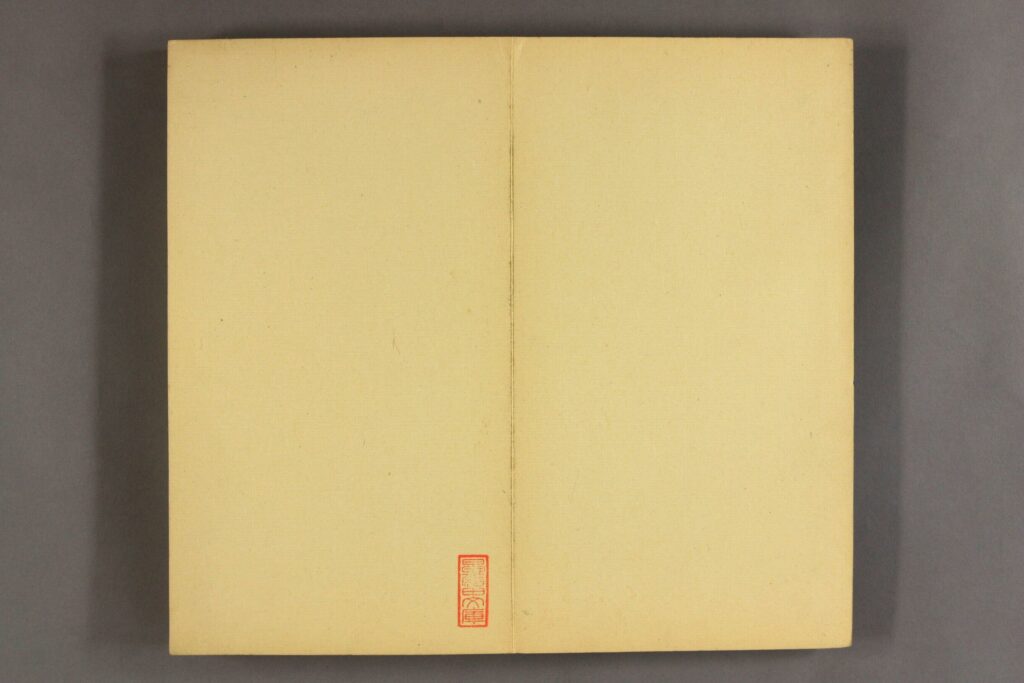
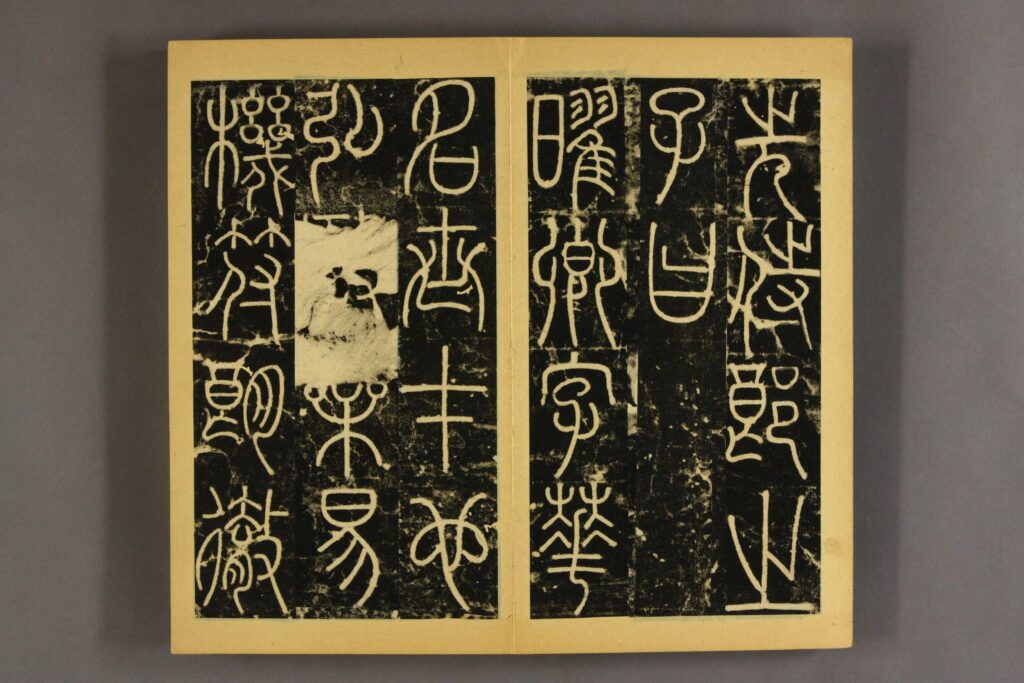


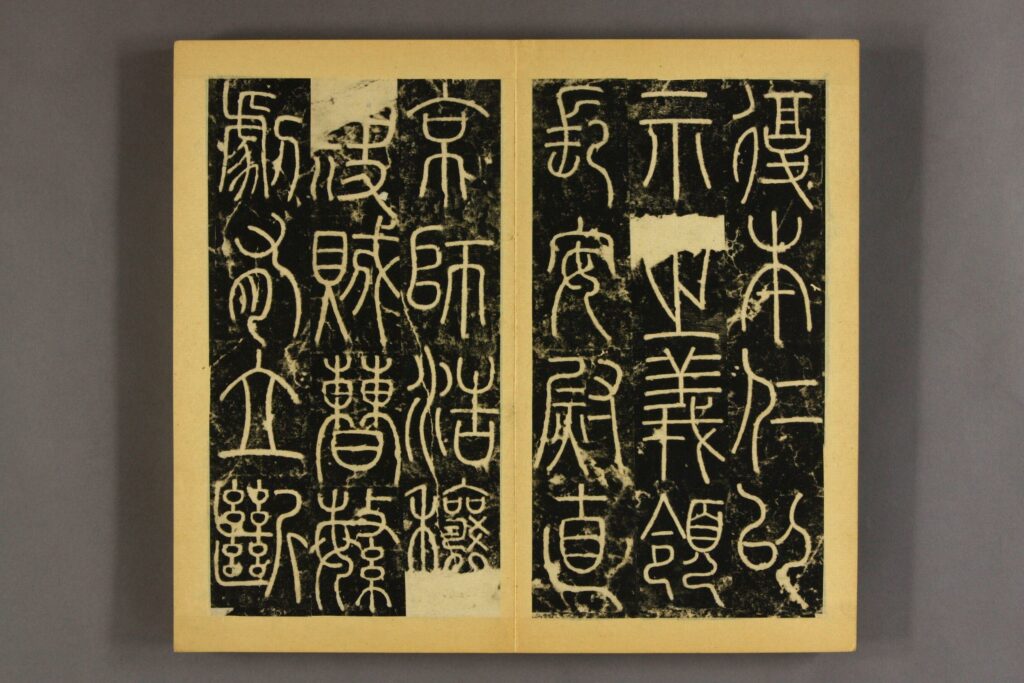
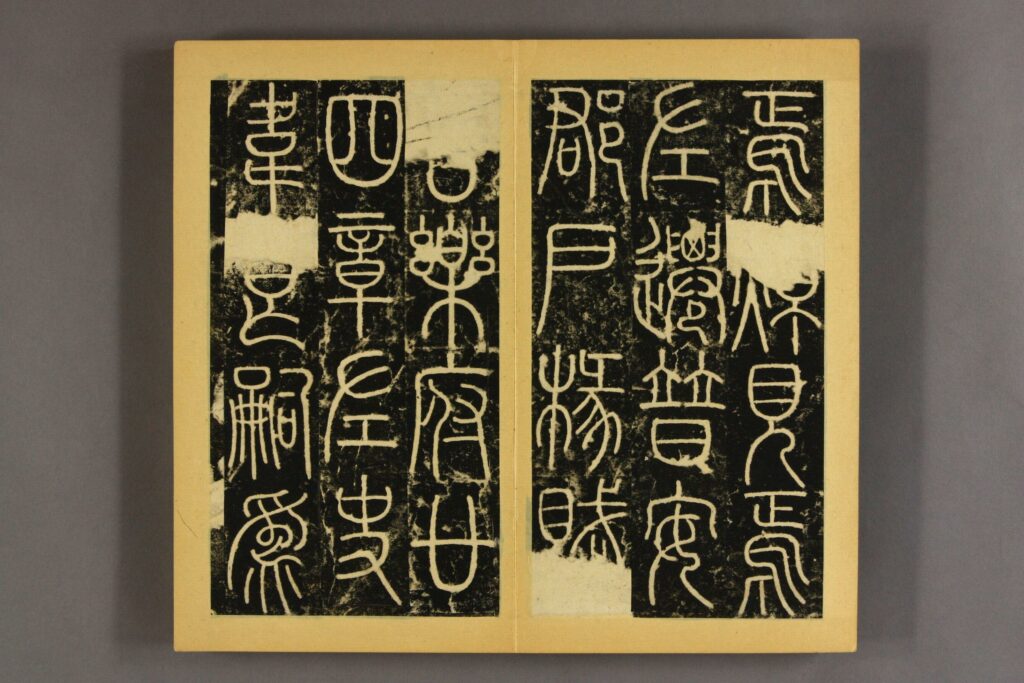
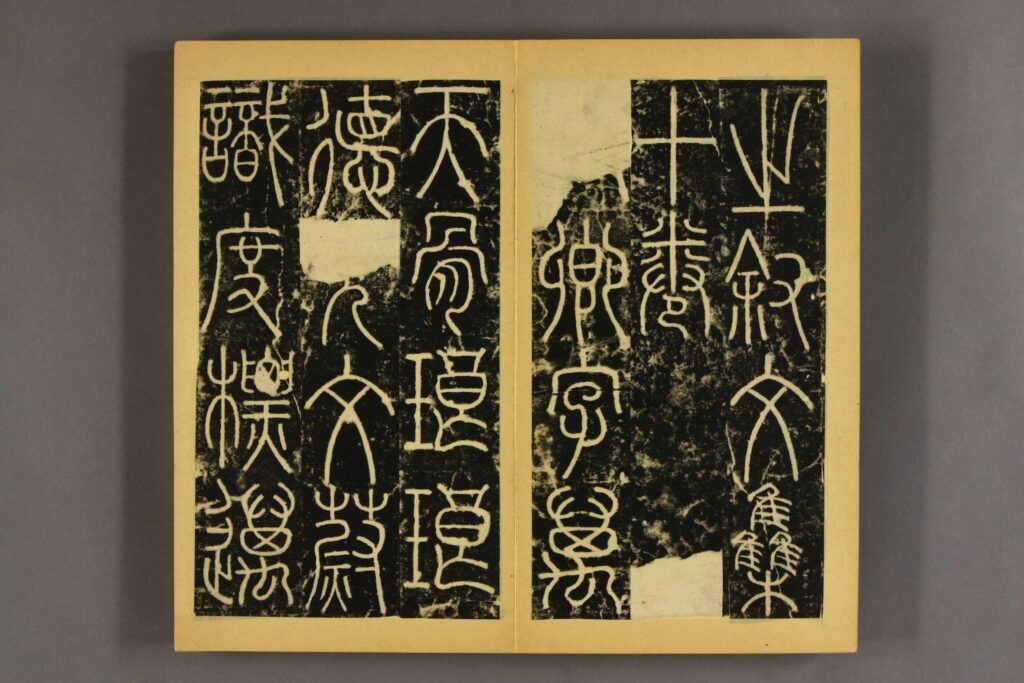




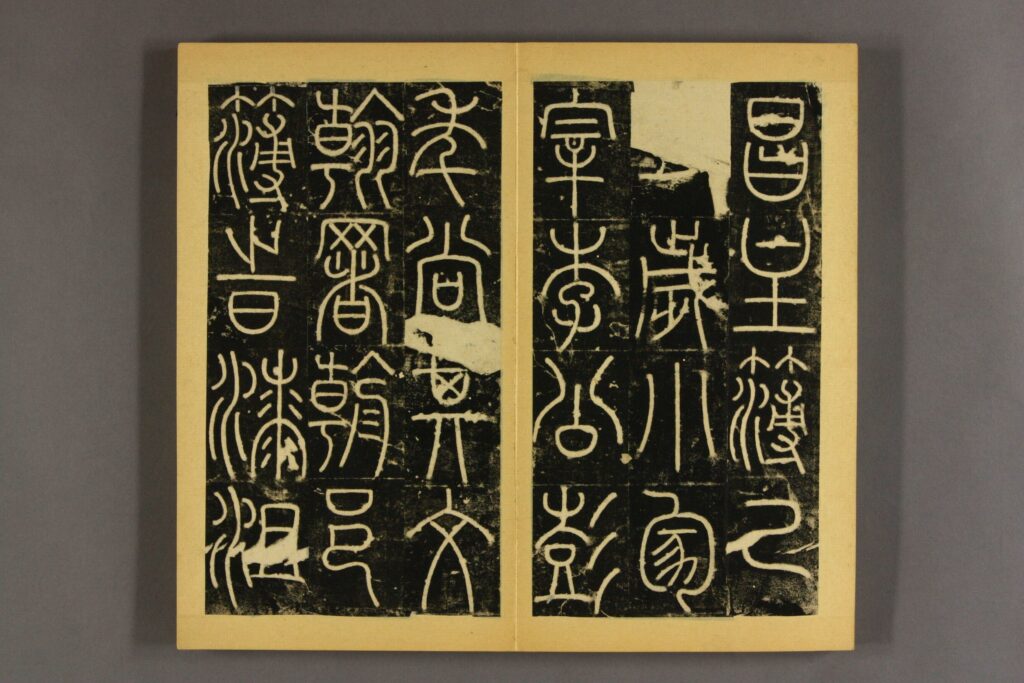
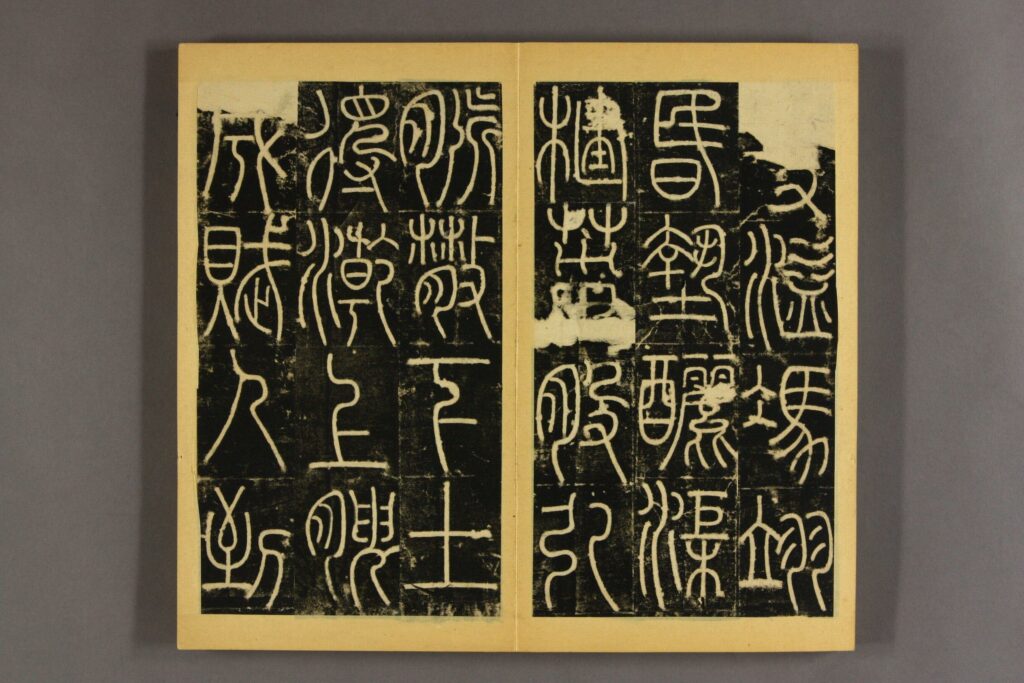

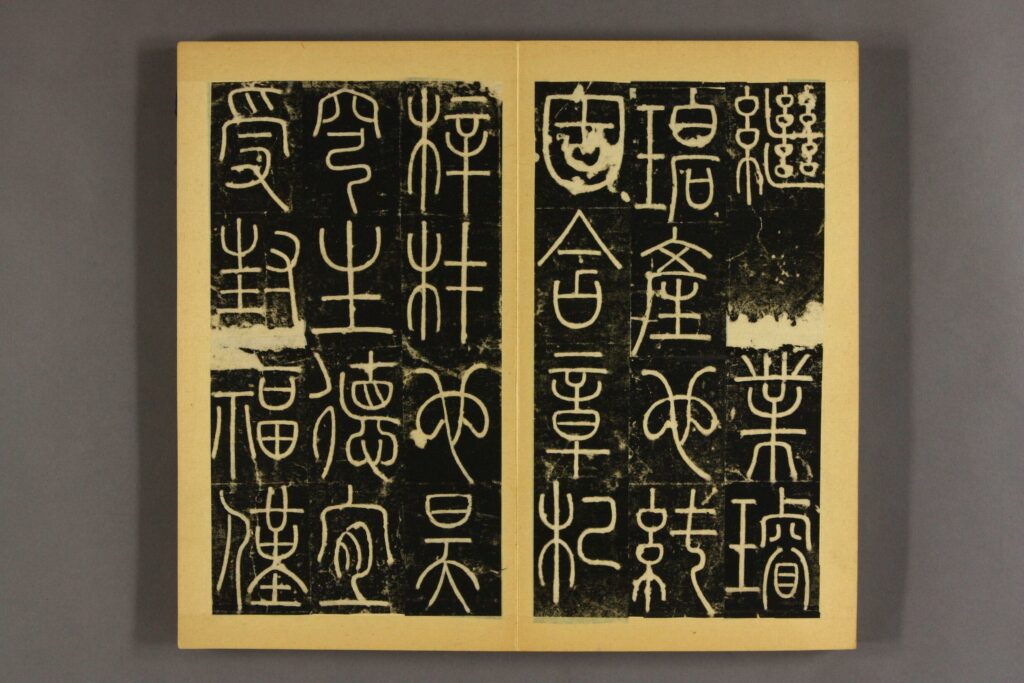


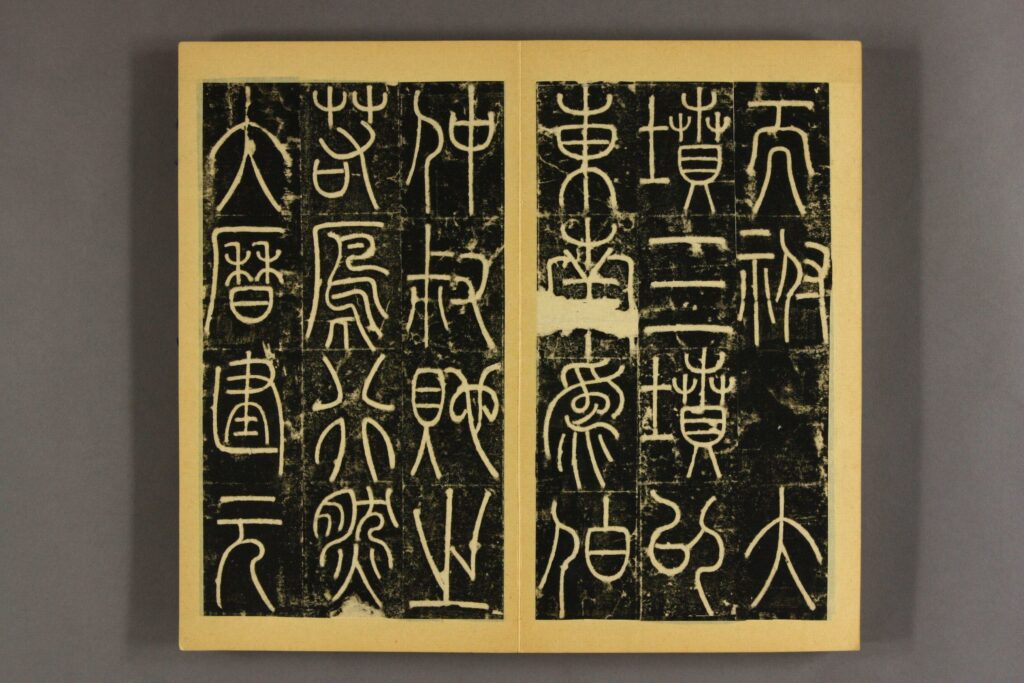
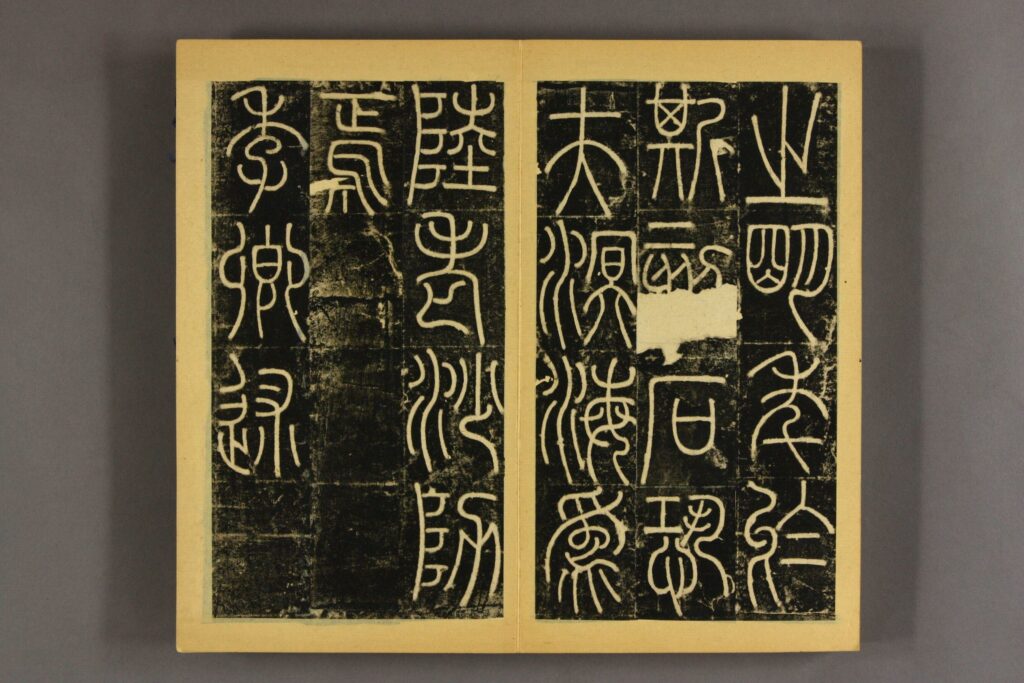
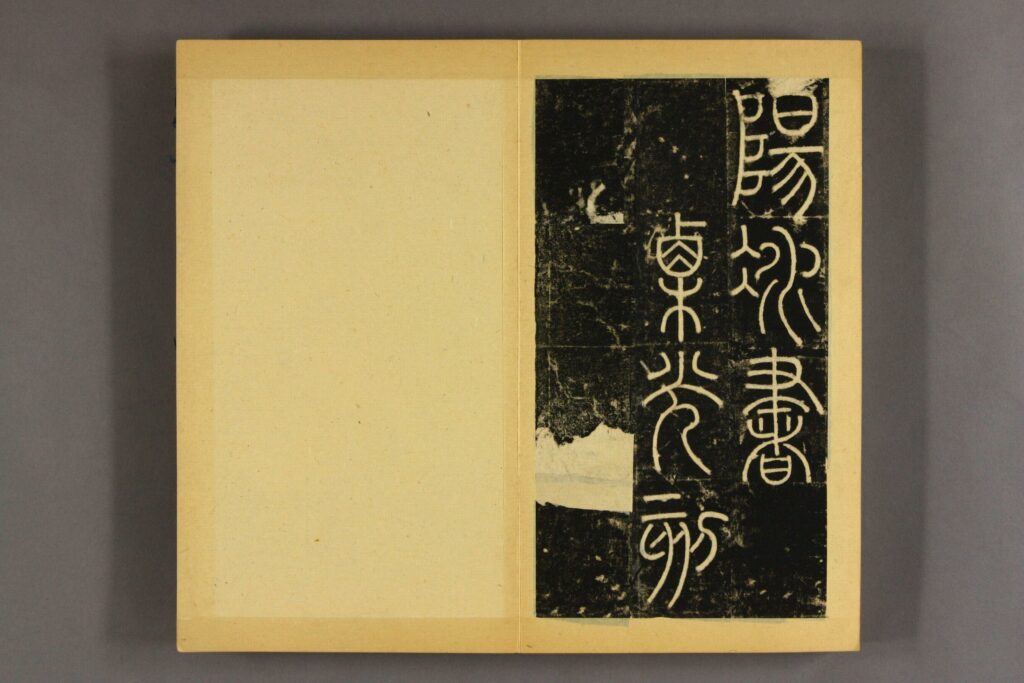


Art艺术 Calligraphy书法 23P 李陽冰三墳碑
历史上的今天 ( 37 ):
- 2024年-02月-14日:GBA:Zero One 对与错-是与非
- 2024年-02月-14日:GBA:Bouken Yuuki Pluster World-Pluston GP 冒险游记GP赛车
- 2024年-02月-14日:GBA:Disney Sports-Motocross 迪斯尼全明星体育系列-摩托车
- 2024年-02月-14日:GBA:Rayman 3 雷曼3-暴徒大破坏
- 2024年-02月-14日:GBA:X2-Wolverine's Revenge X战警2:狼人复仇
- 2024年-02月-14日:GBA:Hunter X Hunter-Minna Tomodachi Daisakusen 猎人X猎人-热血友情大作战
- 2024年-02月-14日:GBA:2Gamesin1-Scooby-Doo-Mystery Mayhem+Scooby-Dooand the Cyber Chase 史诺比鬼屋历险
- 2024年-02月-14日:GBA:2Gamesin1-Sponge Bob Square Pants-Super Sponge+Revenge of the Flying Dutchman 超级海绵-笨伯
- 2024年-02月-14日:GBA:Rayman-Hoodlums' Revenge 雷曼-阿飞复仇
- 2024年-02月-14日:GBA:Glory Days-The Essenceof War 超级陆战争
- 2024年-02月-14日:GBA:Mezase Koushien 目标!甲子园
- 2024年-02月-14日:GBA:Rave Master-Special Attack Force 圣石小子-特殊武力
- 2024年-02月-14日:Comic动漫:海贼王(全彩版)15 (205P)
- 2024年-02月-14日:Comic动漫:海贼王(全彩版)14 (181P)
- 2024年-02月-14日:Comic动漫:海贼王(全彩版)13 (182P)
- 2024年-02月-14日:Comic动漫:海贼王(全彩版)12 (184P)
- 2024年-02月-14日:Video视频:健身这么辛苦吗
- 2024年-02月-14日:Video视频:美女颜值挺高的
- 2024年-02月-14日:Video视频:老外的女性按摩店
- 2024年-02月-14日:Video视频:做顿饭也这么骚气
- 2024年-02月-14日:Video视频:富婆的诱惑聚餐
- 2024年-02月-14日:Video视频:女朋友回家过年了
- 2024年-02月-14日:Video视频:这些男女为啥这么恶心
- 2024年-02月-14日:Video视频:肯德基里不堪的一幕
- 2024年-02月-14日:Video视频:美女这身材太性感了
- 2024年-02月-14日:Video视频:马化腾的聚会
- 2024年-02月-14日:Video视频:又见保密发货
- 2024年-02月-14日:Video视频:多么凹凸有致的身子
- 2024年-02月-14日:Video视频:非常不要脸的猥琐男
- 2024年-02月-14日:Video视频:很喜欢看妹子穿个袜子
- 2024年-02月-14日:Video视频:美女的凝望
- 2024年-02月-14日:Video视频:女友聚会回来洗内裤
- 2024年-02月-14日:Video视频:车里交配的野男女
- 2024年-02月-14日:Video视频:不得不屈服的做法
- 2024年-02月-14日:Video视频:屁股很漂亮
- 2024年-02月-14日:Video视频:轻咬嘴唇很性感
- 2024年-02月-14日:News新闻:2024年2月14日新闻简报
可点 ➠ 2023年-02月-14日 ➠ 66 s ➠ ♥ 0

